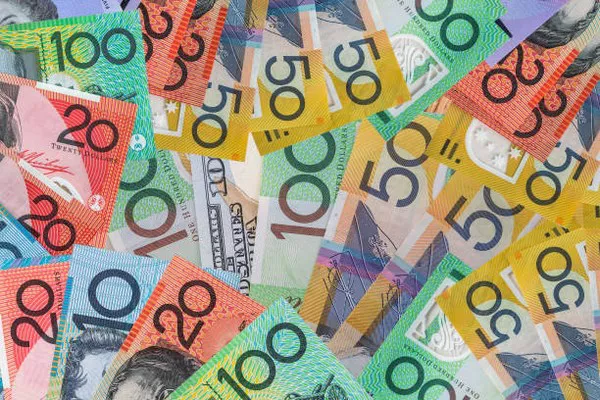Asian currencies experienced broad weakness on Tuesday, with the dollar steadying its position amid lingering uncertainty over the timing of Federal Reserve interest rate cuts.
The Japanese yen continued its decline following significant government intervention last week, with the USDJPY pair advancing 0.4% beyond the 154 threshold. This reversal comes after the currency pair had climbed to 160 in late April before subsequent government dollar sales prompted a sharp drop to 152.
Despite this, the yen struggled to sustain its strength, largely due to the persistent interest rate disparity between the U.S. and Japan, which remains a key driver of currency movements. Market focus now shifts to upcoming data on Japanese inflation and wage growth to assess potential Bank of Japan interest rate adjustments later this year, expected to provide some reprieve for the yen.
Verbal warnings from Japanese officials regarding further intervention failed to support the yen significantly, with traders eyeing USDJPY at 160 as a critical level for government action.
The Australian dollar (AUDUSD pair) also depreciated by 0.3% after the Reserve Bank of Australia (RBA) maintained interest rates as expected and signaled a slower decline in inflation in the near term. The absence of any mention of future rate hikes disappointed traders, especially following robust first-quarter inflation data, which typically supports currency appreciation through higher interest rates. Weak retail sales figures further cast doubt on the RBA’s inclination towards a more hawkish stance.
Meanwhile, broader Asian currencies weakened as the dollar index and futures rebounded from last week’s losses. Market attention remains focused on comments from various Fed officials regarding interest rate trajectories, particularly after softer-than-expected nonfarm payroll data renewed speculation about rate cuts. However, Asian currencies received little support from these expectations, given that any Fed rate adjustments are anticipated to commence no earlier than September.
Specifically, the Chinese yuan (USDCNY pair) and South Korean won (USDKRW pair) each rose by 0.2% and nearly 0.3%, respectively. The Singapore dollar (USDSGD pair) also increased by 0.1%, while the Indian rupee (USDINR pair) marginally approached record highs reached in late April.


